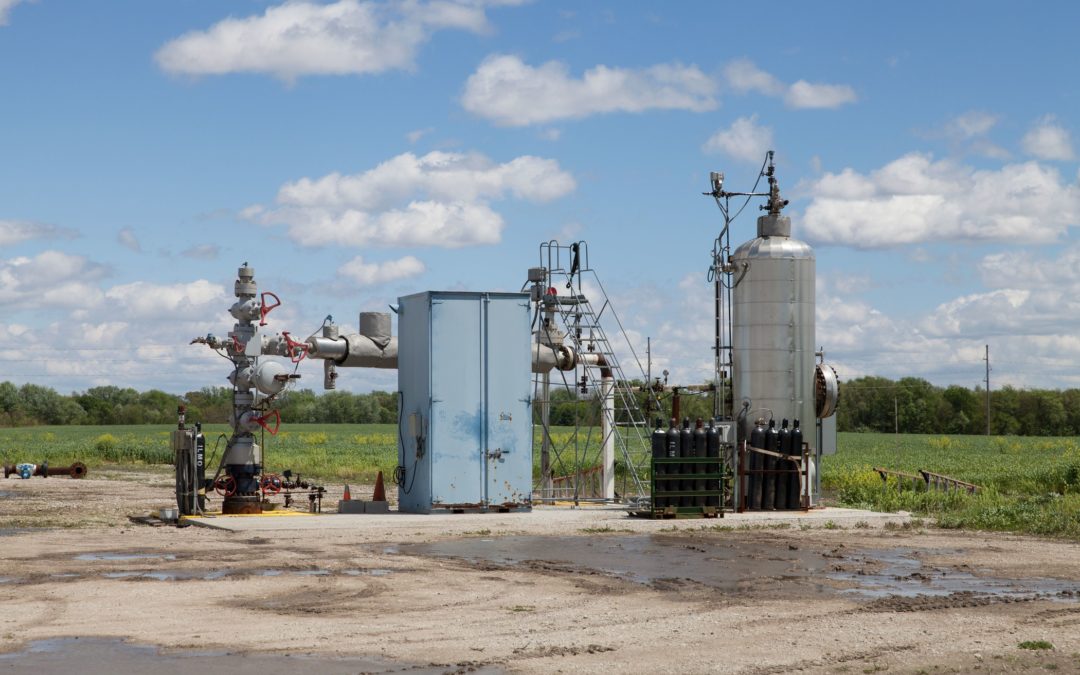SOURCE: Wired
DATE: December 10, 2017
SNIP: The UN report envisions 116 scenarios in which global temperatures are prevented from rising more than 2°C. In 101 of them, that goal is accomplished by sucking massive amounts of carbon dioxide from the atmosphere—a concept called “negative emissions”—chiefly via BECCS. And in these scenarios to prevent planetary disaster, this would need to happen by midcentury, or even as soon as 2020. Like a pharmaceutical warning label, one footnote warned that such “methods may carry side effects and long-term consequences on a global scale.”
Indeed, following the scenarios’ assumptions, just growing the crops needed to fuel those BECCS plants would require a landmass one to two times the size of India. The energy BECCS was supposed to supply is on par with all of the coal-fired power plants in the world. In other words, the models were calling for an energy revolution—one that was somehow supposed to occur well within millennials’ lifetimes.
Today that vast future sector of the economy amounts to one working project in the world: a repurposed corn ethanol plant in Decatur, Illinois. Which raises a question: Has the world come to rely on an imaginary technology to save it?
“The most important of the IPCC’s projections is that we’re screwed unless we can figure out how to take CO2 out of the atmosphere, because we haven’t acted fast enough,” [Emily McGlynn] says. “I think that’s the most important part of the story.”

